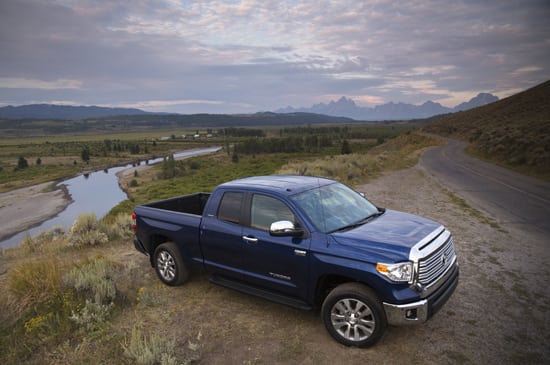Buying a car is an expensive endeavor, and one way to save some money is to buy used. In general this is a good thing – deprecation means you can buy an equally good used car at a much cheaper price than a new one. But unfortunately, you need to be on the lookout for frauds and people who are selling a car that ought to go to the skip.
And that’s why you need to inspect the car carefully before you buy it. While this might sound intimidating, it really is not that bad – I’ve collected most of the key points you need to go through. Most important of all though – check online for standard prices. If it sounds too good to be true – it probably is!
1. Documentation
Make sure the owner has all the original documentation – not photocopies. They should also have documentation of service carried out at regular intervals, and will probably have had other car work and repairs.
Run a history check on the car. You’ll need its registration number and VIN. You can find websites online that’ll do it for a small fee. This should warn you if the car is stolen, or been written off after a crash.
2. Outside the car
Check the paint is even and the same colour throughout the car – if not, it’s been re-painted after some form of damage. (It’s best to do this during the day.) Also, make sure that there is no rust anywhere on the car.
Check the suspension by pushing down on the corner of the car. It should only bounce once.
If it’s a convertible, make sure you can put the hood up and down, and that there are no rips in the material.
Check the tyres are worn evenly. If not, they might need balancing at the local garage, which either the seller can do, or they can give you a discount.
Frayed seatbelts and damage to the dashboard imply the car was in a crash.
3. Inside the car
Look for the Vehicle Identification Number (VIN). This is a 16 digit long alphanumeric string, and should be in at least three of these locations: windscreen, behind the door, under the driver’s seat carpet, and on the inside of the bonnet. If the numbers don’t match it implies the car was seriously damaged, or stolen.
The miles on the odometer should match that from the advert. See how worn the seats and wheel are – does that seem to match with the amount the car has been driven? Finally, check the log book – it should say how many miles the car was driven at the last MOT, which should be slightly lower (never higher) than the number on the odometer.
4. Under the bonnet
Check for rust on the battery
Check the fluids: they should all be at the right level, the oil fluid should be golden/brown, the coolant a pink colour and the brake fluid a light brown. Any debris implies something is wrong with the car engine.
5. The test drive
This should take at least 15 minutes, but ideally longer
Drive on as many different types of roads as possible, including narrow ones and over speed bumps
Go to a quiet road, and do an emergency stop to check the brakes.
Play with the air con and radio whilst driving to check they work, and can be used easily
Bring a friend to check how comfortable the back seats are
Listen to the car – you shouldn’t hear the wind, or any strange noises.
Try parking it.
Of course, the car might have some problems, or minor dents that don’t matter to the driving – but if you notice them, you can at least try and argue the seller down in price, so it is worth checking!
This was a Guest post Written by mycargossip.com








